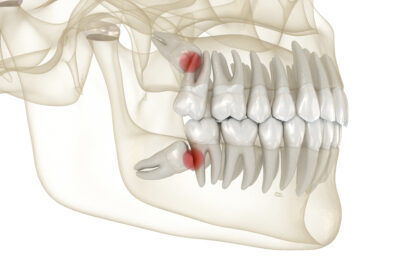The issues that can affect your dental health are numerous and diverse, but most share something in common; if left unchecked, progressive dental issues can lead to the detriment of your mouth’s integrity and function. For instance, the number one cause of adult tooth loss in America – gum disease – is a destructive disease that attacks the very foundations of your smile. While many people may not consider gum disease an especially worrisome issue, the truth is that it affects nearly 80% of the population in varying degrees of severity.
From Poor Hygiene to Dental Disease
Most of us have been taught from an early age to brush and floss our teeth every day, at least twice a day, to effectively keep our mouths clean and free of disease. The main purpose of daily dental hygiene is to prevent the excessive accumulation of dental plaque, which consists mainly of oral bacteria whose processes can threaten different areas of your oral health. In the case of gum disease, certain of these microbes release toxins that irritate your gum tissue while others manipulate your immune system’s inflammatory response. Red and swollen (inflamed) gums, usually accompanied by mild to moderate bleeding, is a telltale sign of gingivitis, the beginning stage of gum disease.
From Bad to Worse
When detected early, gingivitis can often be reversed with personalized periodontal treatment and an improved dental hygiene routine. In spite of the redness and swelling in your gum tissue, however, gingivitis does not typically generate physical discomfort, and patients often ignore or do not notice the issue until it progresses into periodontitis, a more severe and irreversible form of gum disease. Unlike tooth decay, which directly attacks your teeth, gum disease erodes the gum tissue and jawbone that support your teeth. Several studies also suggest that the presence of gum disease and the bacteria that cause it can exacerbate your risks for serious systemic illnesses, including heart disease, lung disease, and some forms of dementia.














